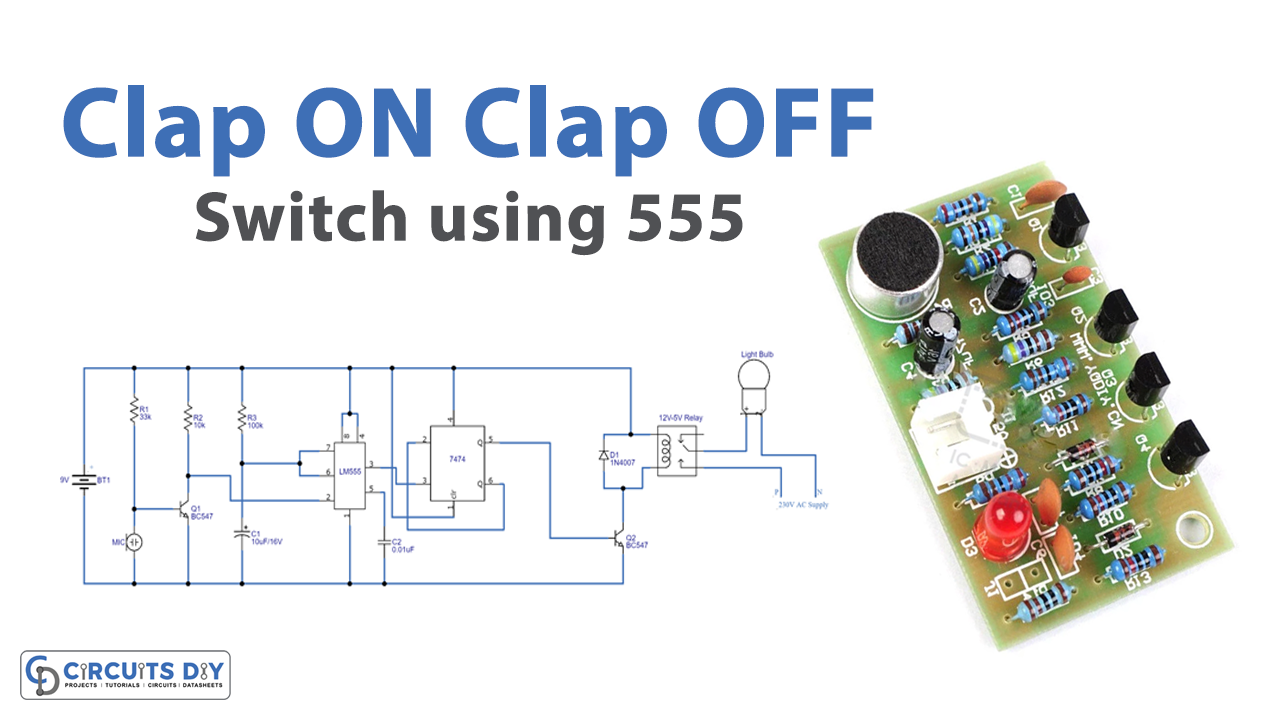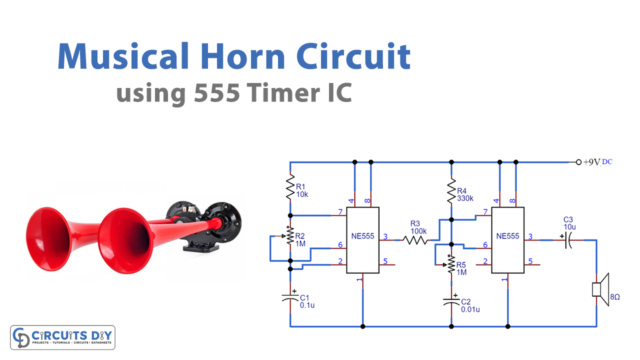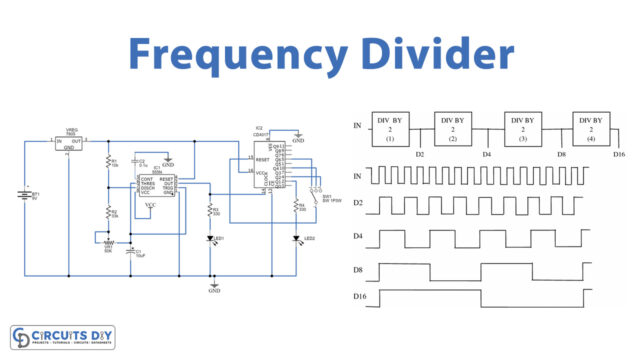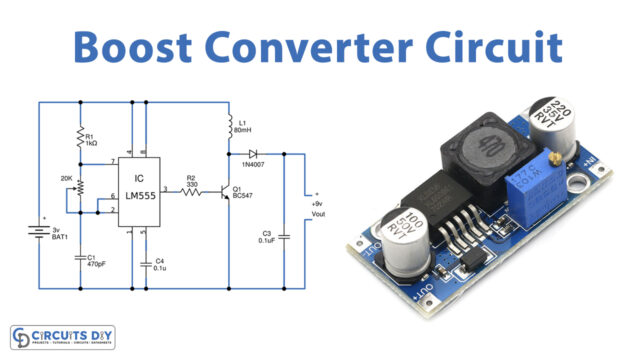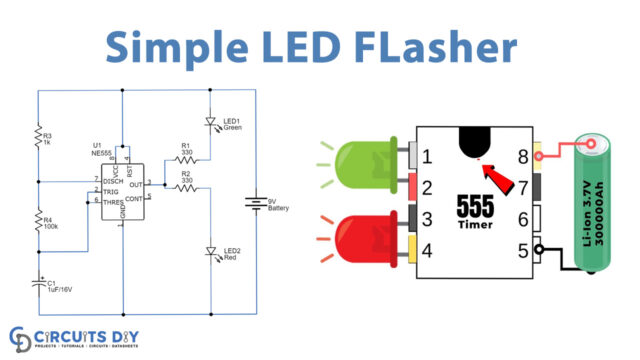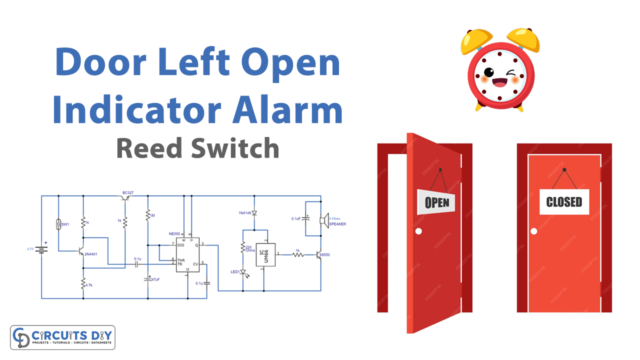Introduction
Are you getting tired of typical projects and in the search of some interesting projects.? So, we are here again with a satisfying project of clap switch. The project basically uses a condenser mic as a sound sensor. In this tutorial, we will make Clap ON Clap OFF Switch using 555. The sound sensor (microphone) catches the intensity of the sound. Inside the microphone, there is a diaphragm. When the clap sound or voice strikes the diaphragm, it vibrates and changes the capacitance. With the changing of capacitance, voltage changes and that’s how it takes and passes the signal forward which we will discuss in the working explanation.
Hardware Required
| S.no | Component | Value | Qty |
|---|---|---|---|
| 1. | Timer IC | LM555 | 1 |
| 2. | Condenser Mic | – | 1 |
| 3. | IC | 7474 | 1 |
| 4. | Relay | 9V | 1 |
| 5. | NPN Transistor | BC547 | 2 |
| 6. | Diode | 1N4007 | 1 |
| 7. | Capacitor | 10μF/16V, 0.01μF | 1,1 |
| 8. | Resistor | 33KΩ, 1KΩ, 100KΩ | 1, 1, 1 |
| 9. | Battery | 9V | 1 |
| 10. | 2-Pin Connector | – | 1 |
Circuit Diagram

Working Explanation
This Clap ON Clap OFF Switch consists of two stages. The first one is the detecting stage having a Condenser microphone and 555 timer IC which is configured as a monostable multivibrator The output from the microphone is given to the triggered input pin of the timer IC. In the second stage, the output from the timer IC is given to the clock input of the D flip flop. In other words, you can say that the timer Ic s providing a clock to flip-flop IC. The D flip flop recognizes a positive edge of the pulse and changes its state accordingly. Output from the flip flop is given at the base of the transistor which drives the relay.
When you clap near the condenser microphone, it generates some spike which will trigger the timer IC, and hence Ic generates a mono pulse which is taken by flip flop IC. The flip flop detects the positive edge in the pulse and changes its state to ON or OFF depending on the current state.
Application and Uses
- It can be used in hearing aid devices.
- Also, in tape recorders.
- Moreover, in speech recognition devices.
- Further, Sound-sensitive LED lights

